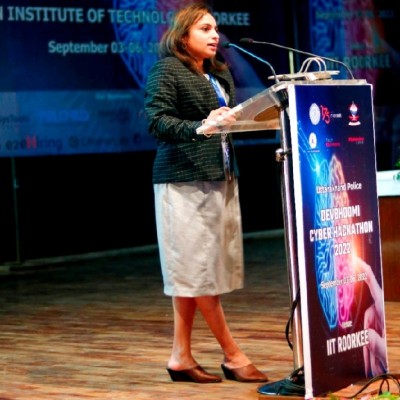Fix Corruption Due to Table Partition Error in SQL Server
Microsoft SQL Server is the commonly used database management system for storing and retrieving data. Table partitioning is one of the amazing features in SQL Server that allows users to divide large tables into several smaller parts. However, users have many problems with SQL Server, and corruption due to table partition error in SQL Server 2005 is one of them. In this blog, we discuss the reason for this SQL Server Table Partition Error 8984 & 8988 and how to fix it.
SQL Server table partitioning feature is often used to force a sliding window. Adding a large amount of data to the current database table and performing indexing operations on the other table makes the job much easier than loading all the data into a single table. To avoid these problems for users, do partition tables that match the same schema for each field.
The DBCC CHECKTABLE command checks the consistency of these partitioned tables. If a user runs this command and receives errors, the table may be corrupt. To restore complete data, users can use the latest database backup (.bak file).
Let’s Know About SQL Server Table Partition Error 8985 & 8988 With an Example
Suppose you have two partition tables named “Table X” and “Table Y”, where both tables have the same columns and are partitioned against a similar column. The user-created the clustered index for table Y and deleted it. The user then imported the data into table Y using the BULK INSERT command and the TABLOCK option. This can corrupt the data if you run DBCC CHECKTABLE command to ensure the consistency of such table, and you get an error:
Table error 8984: object ID %d, index ID %d, partition ID %I64d. A row should be on partition number %d but was found in partition number %d. Possible extra or invalid keys.
Table Error 8988: Row (%d:%d:%d) identified by (%ls)
Reasons Behind Corruption Due to Table Partition Error in SQL Server
If the schema for such tables does not match, a table partition error is displayed. When the user drops Table Y’s clustered index, its metadata gets changed. If you then switch partitions between tables, the metadata information gets mismatched. In this case, the user receives data corruption errors.
Solution to Fix Table Partition Error in SQL Server Database
The user can run the DBCC CHECKTABLE command with the repair option to resolve this data corruption issue. If the problem still persists, then the user should delete the damaged table if he has a last backup of the database. If you have a backup, you can easily restore SQL database from backup. But if you encounter a situation where there is no backup or the backup has been damaged, you can use the SQL Repair software.
This is one of the best tool to repair corrupt MDF file. It helps to recover SQL database files with all components like tables, triggers, views, functions, stored procedures, etc. This tool provides an option to restore data from MDF file directly to the live SQL Database.
What’s More in SQL Repair Tool
- Repair corrupt MDF and NDF files
- Recover and preview tables, views, triggers, etc.
- Restore SQL database files after recovery
- Repair MDF file of SQL 2019, 2017, 2016, 2014, 2012, etc.
- Option to preview and restore deleted database objects
- Deleted items are display in Red color
- Export recovered data directly to the Live SQL, compatible scripts or CSV
- Allow to export data into Live SQL Server in the same machine or a server present in the network
- Support ASCII and Unicode XML datatype
- Works on all versions of Windows OS including Win-10
- Fix SQL Server Error 5172, 5171, 823, 8946, 926, etc.
Conclusion
Corruption due to table partition error in SQL Server is the most common user issue. Here we explained the solution to fix table partition errors 8984 & 8988 using the DBCC CHECKTABLE command with the repair option. If the user has no backup or backup is corrupted, it is recommended to choose the alternate solution.
Frequently Asked Questions
Yes you can delete the damaged table if you have healthy backup. If you have no backup, you can use the SQL Server Recovery tool.
You can make use of DBCC command with repair option to fix the table partitioning error.

